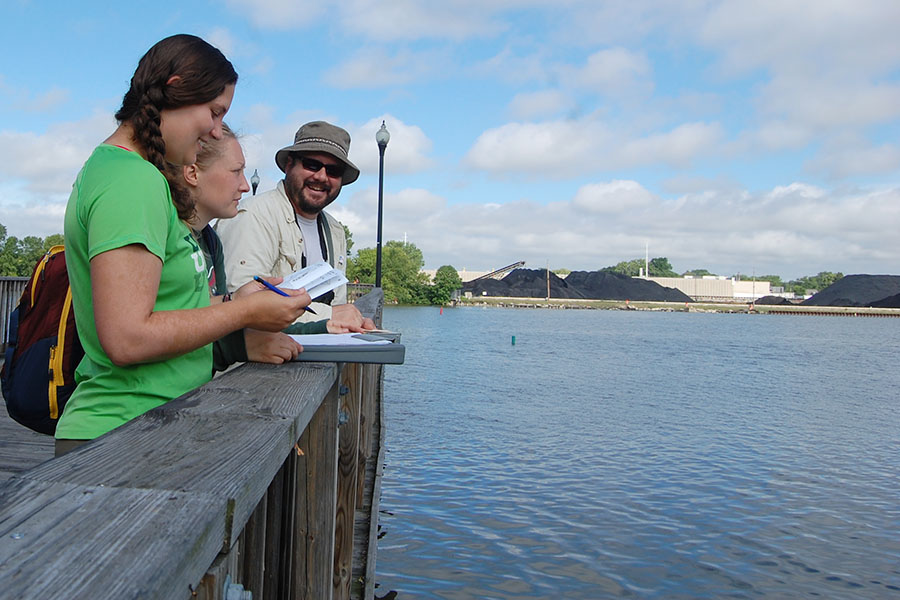
Evaluate, Analyze & Create Solutions
We're working to improve conditions for fish and wildlife within our region.
The Lower Green Bay and Fox River Area of Concern (LGBFR AOC) is one of 43 Great Lakes Areas of Concern across the U.S. and Canada. It has 11 of the possible 14 beneficial use impairments (BUI), which are problems or issues that negatively affect the chemical, physical or biological quality of that Great Lakes system. Our work focuses on 2 of the 11 BUIs: degradation of fish and wildlife populations and loss of fish and wildlife habitat. Ultimately, our goal was to provide informed solutions to help people make this region better—not only for ourselves but also for the sake of the environment.
Habitats
With almost 32,000 acres, about half of which is open water, the LGBFR AOC includes a variety of important fish and wildlife habitats.
Populations
We've identified 22 priority wildlife population groups that are critical components of our local ecosystem.
Results
Our quantitative and objective framework for measuring improvements means incredible change through a variety of projects.
View the Boundaries
Making data accessible.
You know what they say: a picture is worth a thousand words. Using our online, interactive GIS map, you can visualize the data we're collecting. Thanks to former UW-Green Bay students and staff for generating the GIS data shown in our online portal: Cody Becker, Jordan Marty, Michael Stiefvater and Jesse Weinzinger.
Primary Goals
A not so "fun" fact is we're one of the largest and most complex areas of concern. The boundary includes the pelagic zone of the Bay of Green Bay as well as the coastal zone from Longtail Point on the west shore of the Bay, to Point au Sable on the east shore, and down the lower seven miles of the Fox River below the De Pere Dam. For more information on the LGBFR AOC, visit the the U.S. Environmental Protection Agency's webpage.

Assess Conditions
First, we assessed baseline fish and wildlife habitat conditions and threats in the LGBFR AOC to understand where we're starting.

Provide Information
Our projects are developing and providing important informational resources (e.g., maps, databases) that will be available to support future efforts.
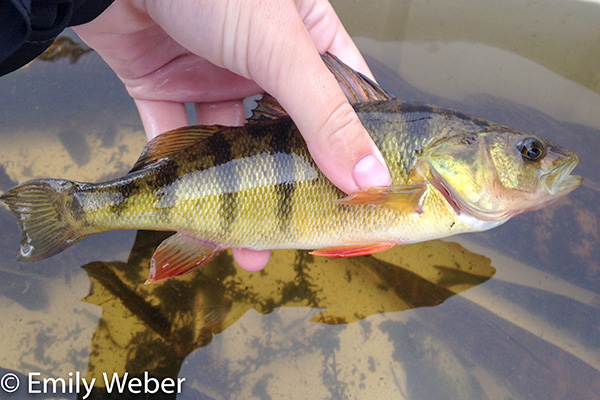
Develop Solutions
Ultimately, we'll develop a strategy for monitoring and evaluating conditions of our two BUIs (degradation of fish and wildlife populations and loss of fish and wildlife habitat). We'll recommend removal targets and help develop a project list that, if completed, would lead to the removal of these BUIs.
Past to Present
Information presented on this website summarizes work completed by Dr. Robert Howe, Dr. Amy Wolf, Erin Giese and Mike Stiefvater in collaboration with Wisconsin Department of Natural Resources, The Nature Conservancy and UW-Green Bay students between 2014 and 2018. Restoration work continues through efforts led by the Wisconsin Department of Natural Resources.


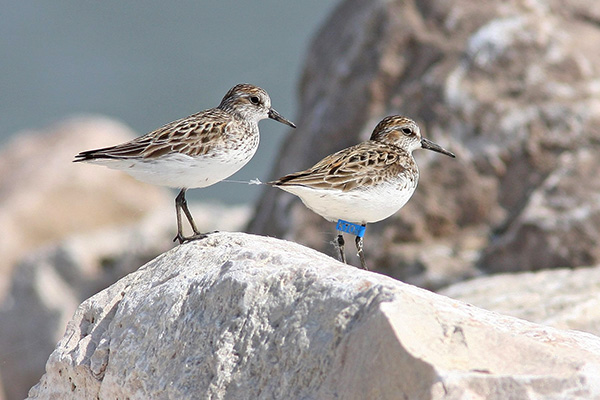
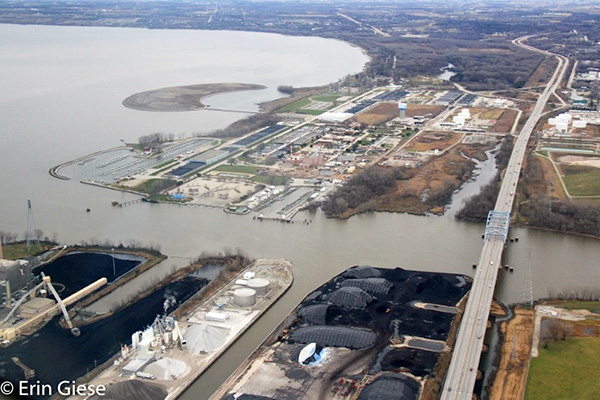
A Concern for
Generations
We're addressing problems that started almost a century ago.
The LGBFR AOC was originally listed by the International Joint Commission of Canada and the U.S. in the 1980s. These problems won't be fixed in just a few years—we must continue providing funding and advocating for our habitats and wildlife populations for decades to come. But through this work in collaboration with the Wisconsin Department of Natural Resources, we can make our world better for future generations.
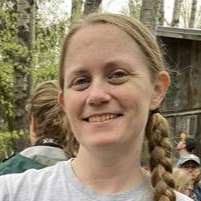
Ask an Expert
Meet Erin Giese, Associate Director of the Cofrin Center for Biodiversity, and lead of this AOC habitat and wildlife project! She's President of the Northeastern Wisconsin Bird Alliance, principal investigator for the Great Lakes Coastal Wetland Monitoring Program and administrator of the annual CCB Student Grant Program. If you have questions, she can help!
